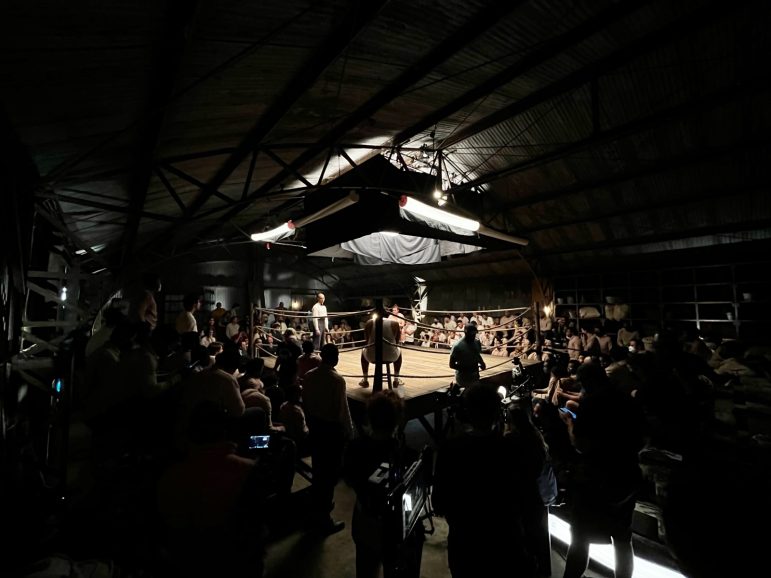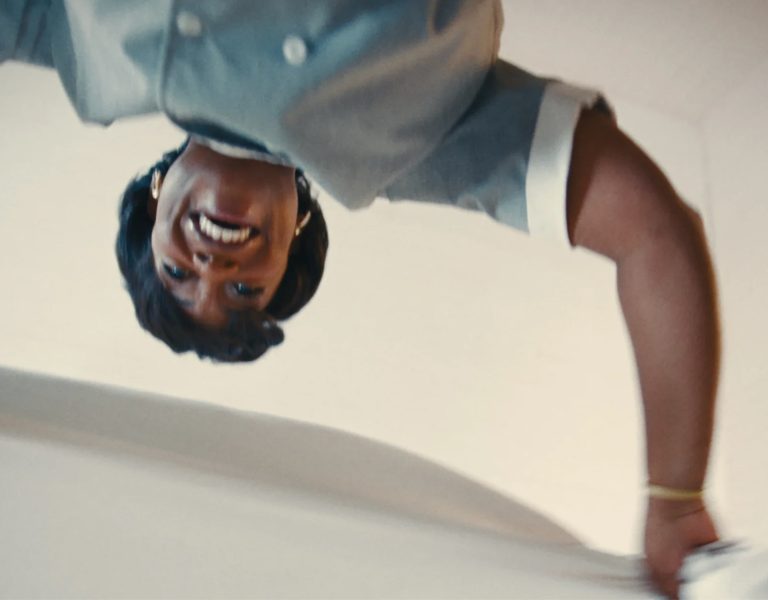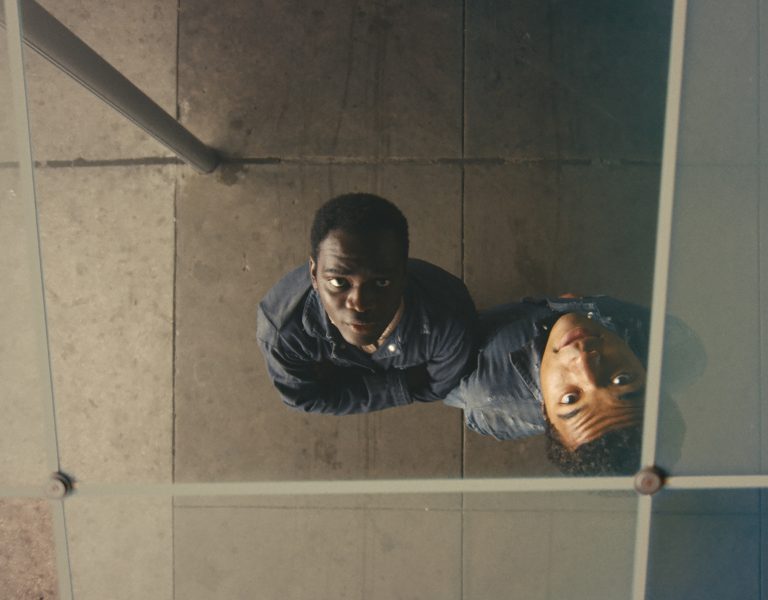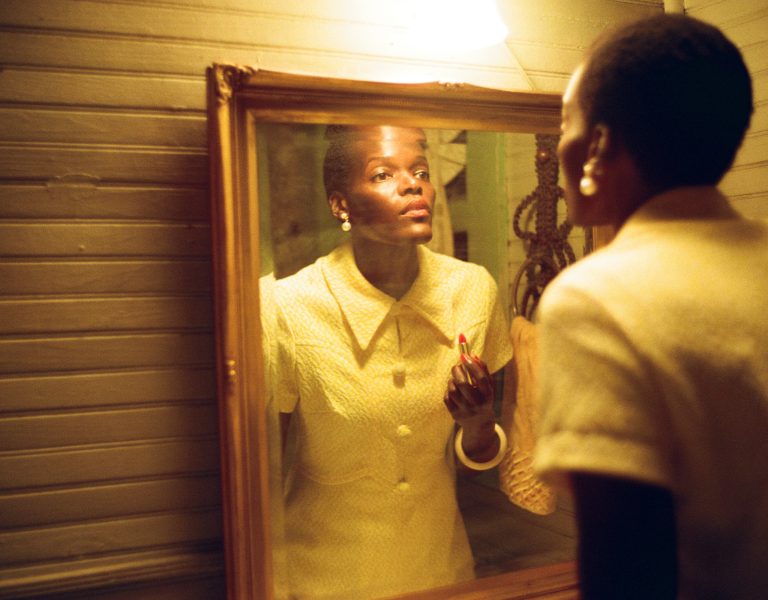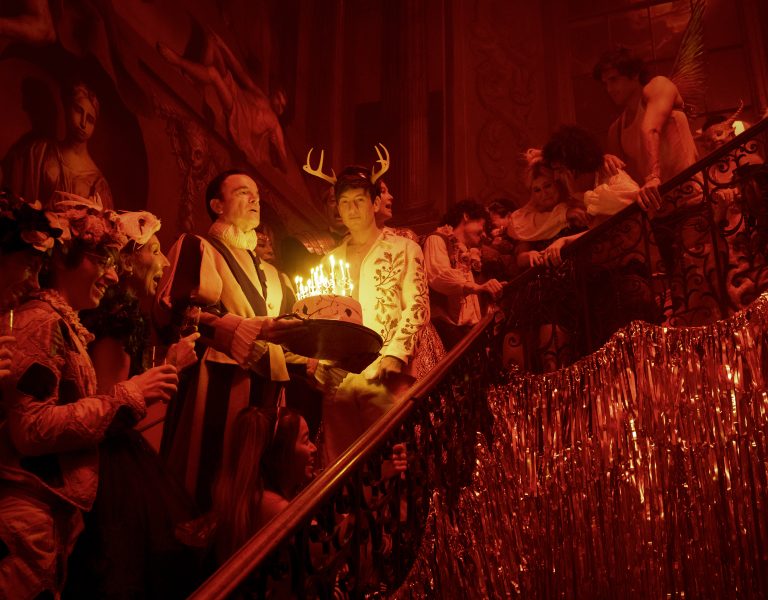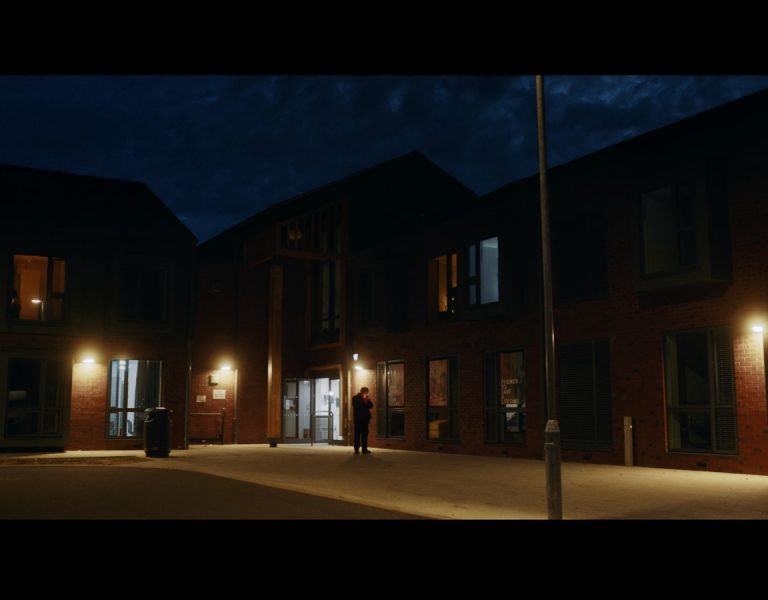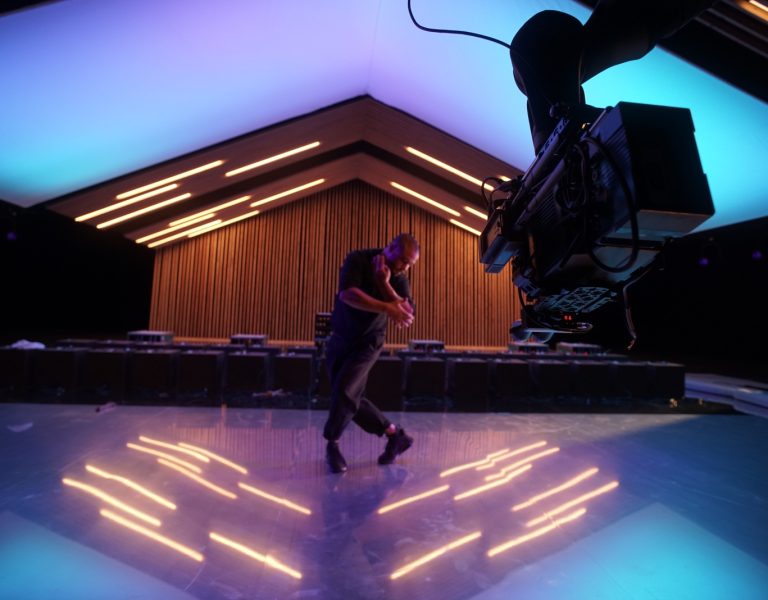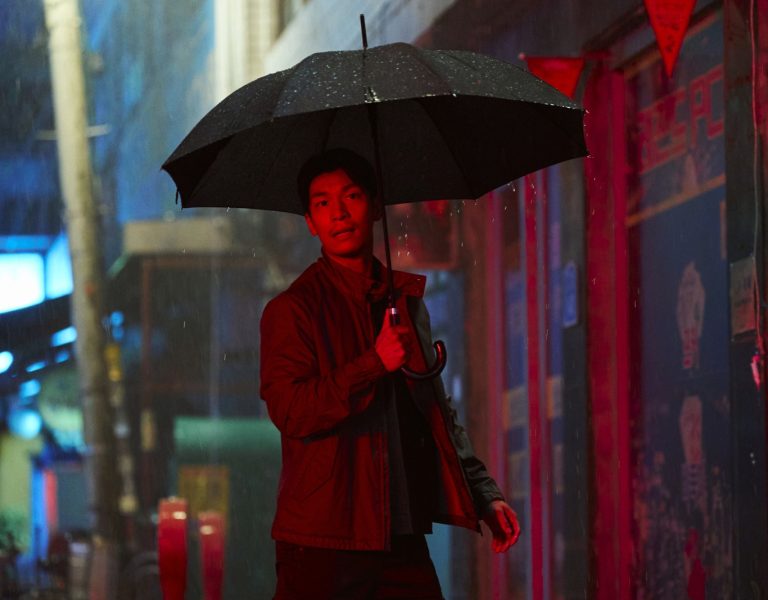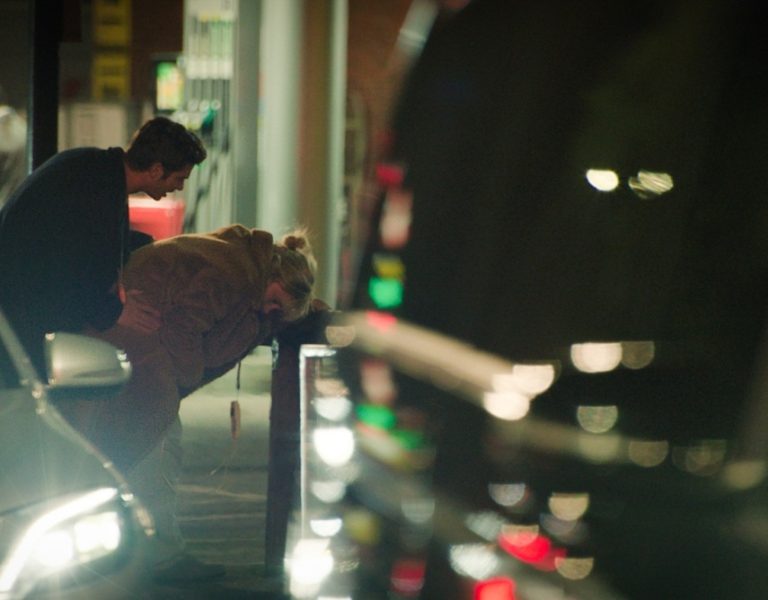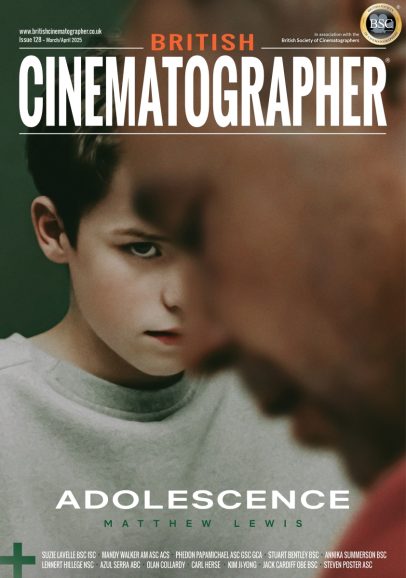POIGNANT PERSPECTIVE
Kindred creative spirits director RaMell Ross and cinematographer Jomo Fray adopt a first- person perspective to immerse the audience in the powerful narrative of Nickel Boys while navigating how to make a film so precisely orchestrated feel free-flowing.
When cinematographer Jomo Fray watched filmmaker and photographer RaMell Ross’s Oscar-nominated 2018 documentary Hale County This Morning, This Evening at Sundance Film Festival, he stayed until the lights came up, having never seen such powerful images. “When the credits revealed the director was also the cinematographer, I knew I had to discover how the person who made this movie created such specificity in each image,” says Fray.
Having discovered Ross would then make a narrative project – translating Colson Whithead’s Pulitzer Prize-winning novel Nickel Boys into cinematic form – Fray did not need to read the breakdown his agent sent to know he wanted to meet the director. Based on the true story of the infamous Arthur G. Dozier School for Boys in Florida – a reformatory that operated for 111 years and made headlines in the early 2000s, as a savage institution – Nickel Boys explores the powerful bond between two young Black teenagers, Elwood and Turner, as they navigate the harrowing trials of Nickel Academy, a notorious reformatory school in the Jim Crow South.
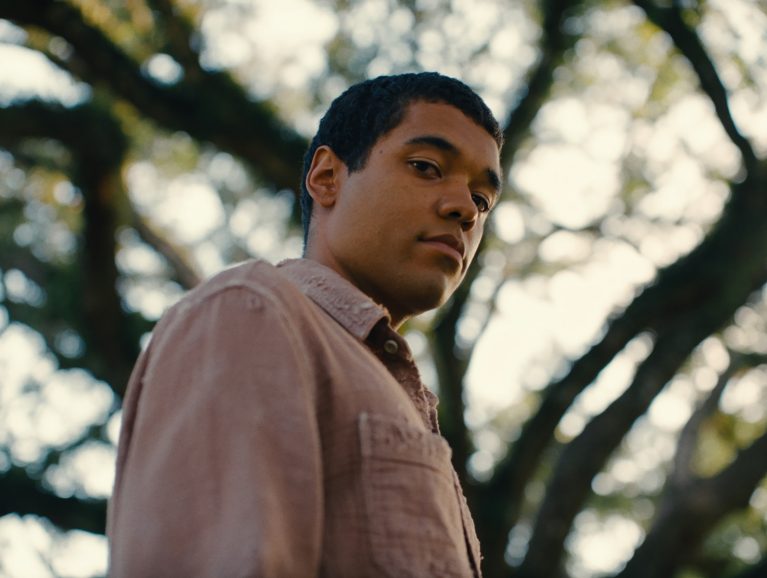
“I didn’t know people like RaMell existed; for the first two hours of our conversation, we discussed wide visual concepts and ideas about the world and philosophy before drilling into specifics of the movie,” says Fray.
Ross revealed he was shooting the film from the first-person perspective of Elwood or Turner, something he decided as soon as he finished reading the book. “The script was written and built considering that, shooting all oners, the concept of adjacent images, visual movements, and modes of time,” explains Ross. “The images emerge in the interstices of Colson’s narrative, this really distinct book with a well-thread theme – a young Black boy who makes a common decision and what unfortunately happens to him next. My co-writer Joslyn Barnes and I distilled that into moments of interconnection between people and the idea of love connecting them, along with imagined images from childhood, what I call my personal poetics.”
The filmmakers wanted to use images that were not hyper focused on narrative, but had a multiplicity and were about something experiential that had a symbolic and metaphorical resonance, pushing the narrative forward.
“We had to unlearn everything we thought we knew about cinema and take Nickel Boys as a completely different experience that uses the grammar of cinema and primarily non-POV movies, and become open to each scene as a completely new set up,” says Fray.
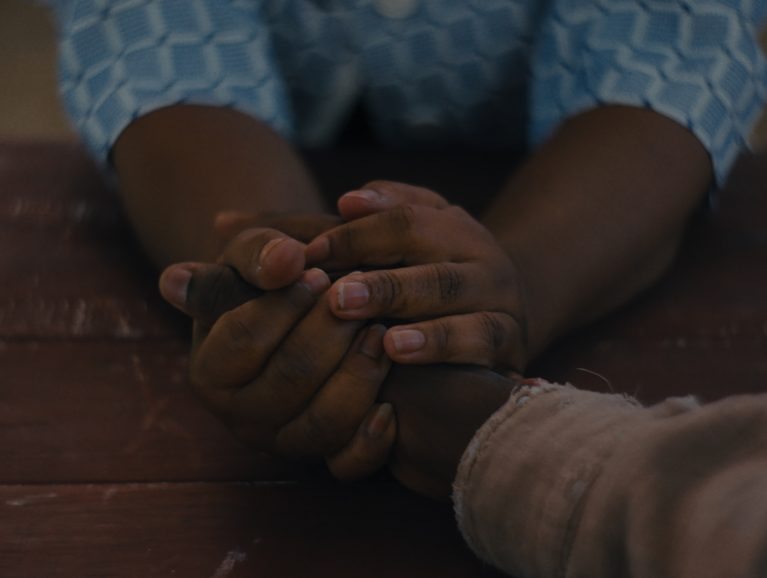
Recontextualizing through cinema
Six weeks of prep was extended by a week due to the visual ambitions of the project, with ideas explored initially through shots captured on DSLR. “We thought about traditional cinema language at its most subatomic, breaking it down, and rebuilding and transmuting that language into something that worked for this movie,” says Fray. The filmmakers quickly transitioned to referring to point of view as “a sentient perspective” where an image “feels inside the scene and forces viewers to live concurrently with the boys”.
This led to conversations and technical exploration of techniques and systems that would allow them to achieve evocative, emotional, and immersive imagery. “We were interested in photo and film history – how it replaces and produces perception and becomes our only access to distant locals – what the camera does to the way in which we see the world,” says Ross. “We realised by making photographic frames from inside a single point of view perspective, we’re already speaking the language of cinema. It was something integral to the language of Hale County.”
Archival footage and abstract imagery interspersed throughout Nickel Boys arethe result of a lengthy process during which Ross worked with archival producer Allison Brandin and fellow filmmakers and artists, Alex Westfall and Gala Prudent.
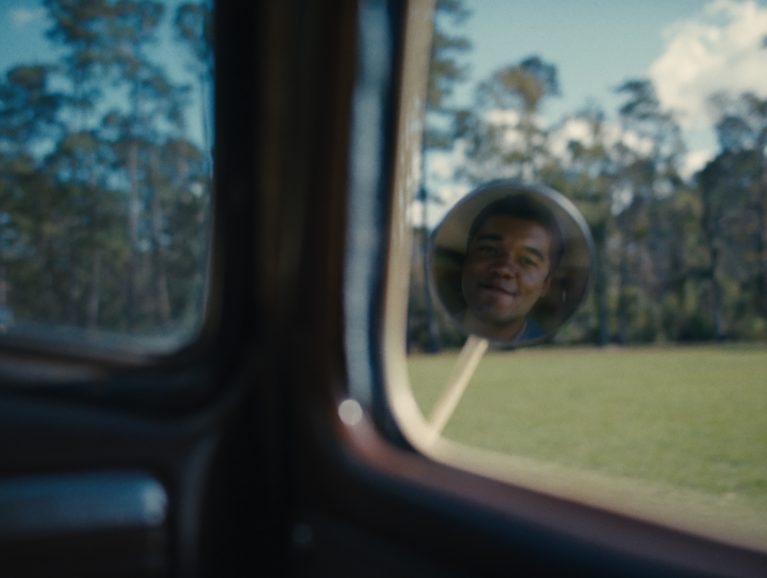
“Given the power dynamics of the camera and Black people historically not always having access to make images of themselves, when I look at archives, they can feel like visual statistics, like someone who is an archetype of a random Black person with no subjectivity,” says Ross. “So one idea behind the archive we used was to rescue them from the archive and recontextualise them in what we consider a deeply thoughtful curation where the camera interacts with human beings.”
In prep, Ross asked the crew to consider what the world would look like if every image was taken as if they were photographing a mother, sister, brother, or friend from a position of love. “I agree that in any image I’ve created, there’s a deep importance to channel compassion through how we frame and our camera, lens and lighting choices,” says Fray. “Those are all expressions of our compassion as cinematographers, but this was a different dynamic, where if Elwood’s grandmother hugs him, it’s me as the operator she’s physically hugging. That changes how you frame a shot, having that physical intimacy with the actor.”
Lens and camera testing was one highlight of the creative journey of discovery the filmmakers shared. Their common goal was capturing the feeling of sight rather than mimicking it which they felt would be best achieved through a full frame, large-format look and feel. This led them to search for a camera system that could produce an IMAX-sized image in a body that could switch into different modes.
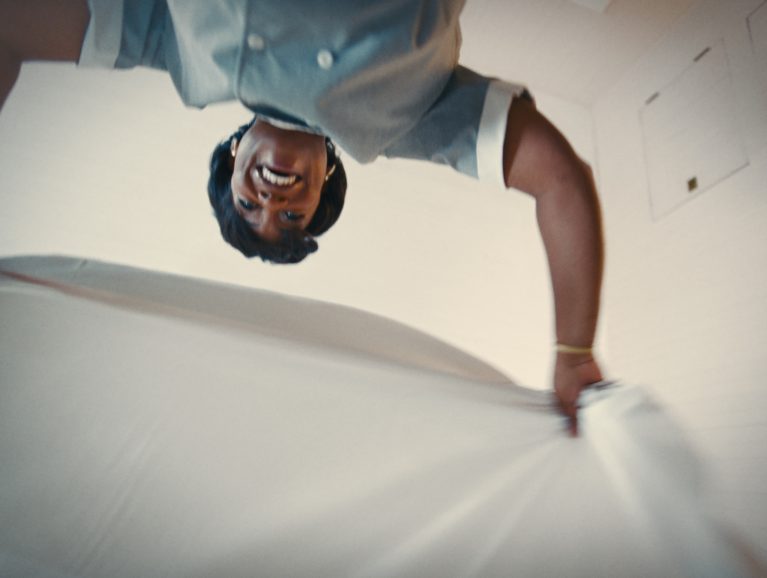
The Sony Venice 2 delivered the modular and adaptable system required with its ability to switch into Rialto mode meaning they could separate the camera block from the camera brain, opening up many possibilities. “We knew we would use some traditional forms of camera movement, but also knew we would have to build some systems from scratch which made the modularity of the Venice 2 the perfect tool,” says Fray.
Every scene was planned as a oner, knowing actors would often have to look direct into the lens, wear body rigs, or have a camera operator shoot handheld an inch from their face so the actor’s hand or leg was in shot. “Every shot became a trick shot. The camera team had a chart on the camera cart with the apparatus and modular configuration of the camera for each scene,” says Fray.
Shooting took place in and around New Orleans, Ponchatoula, and downtown Thibodaux in New Orleans. Spaces had to offer “fundamentally cinematic bones” which production designer Nora Mendis and her team could build upon rather than coming readymade. “It couldn’t just be distressed, it needed a deep distressing that could hold up under close scrutiny on camera,” says Fray, who singles out a shot of Elwood and Turner looking up into the portico as a favourite.
“RaMell knew he wanted this image early on – a moment where both boys look at themselves in a reflection. Initially we thought we would need to build it, before coming across the perfect glass portico at an Amtrak train station.”
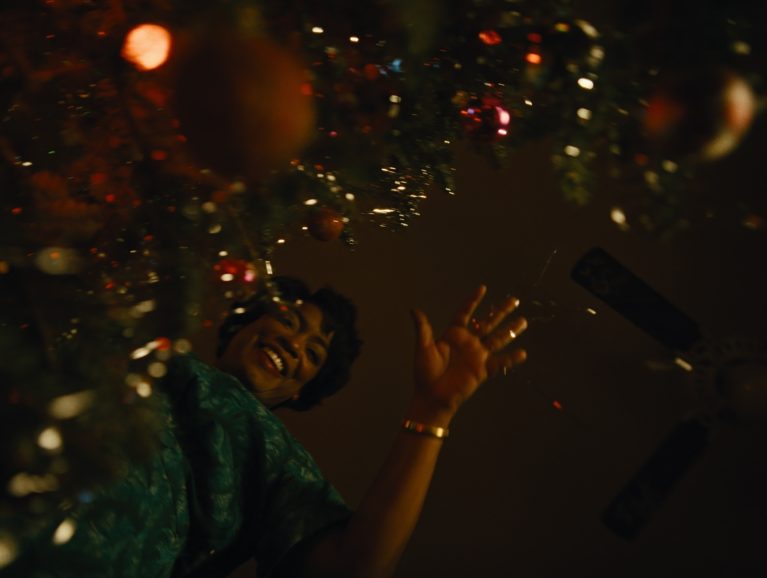
Camera operation to capture such shots was handled by camera operator Sam Ellison SOC, Fray and Ross, based around connection to the scene. “The camera modes all had a different feel, for example we would shoot some shots handheld in Rialto mode because when the camera is in between your hands like a DSLR you can pivot to different angles quickly which felt the way your heads moves on your neck,” says Fray.
They also made use of body rigs, a helmet rig and remote camera heads in mimic mode underslung on a dolly. This meant the camera could be set up in front of the actor’s body and allowed Fray, in another room, to do handheld and look down at his body, with the camera also looking down at the actor’s body. “We also created an industrial sized Easyrig where the camera could float on a singular nodal point, like our head does on our neck, but withstand a long scene, because we’re running oners for everything,” he says. “At times it was too challenging for an operator to have a camera floating out in front of the actor to get that perspective.”
The SnorriCam rig was worn around the waist of the actors in present day sequences of adult Elwood to capture a unique perspective. During camera tests the filmmakers sat with crew members to examine what evokes an emotion, what feels like memory, and what tool could achieve it. “In the case of the SnorriCam, we looked at the difference between child and adult Elwood and what changes in a man’s perspective after this level of trauma and inhumanity. How do they understand themselves in the space?” says Fray.
“SnorriCam has traditionally been used in action movies, usually from the front, or artistically in Darren Aronofsky’s work such as Requiem for a Dream. We wanted the audience to stay immersed in the image; it should feel like a deluge of visuals cascading over you. Towards that feeling, As we wanted the same image rendition across all of the modes, which meant engineering a way to get the Venice 2 on the SnorriCam rig.”
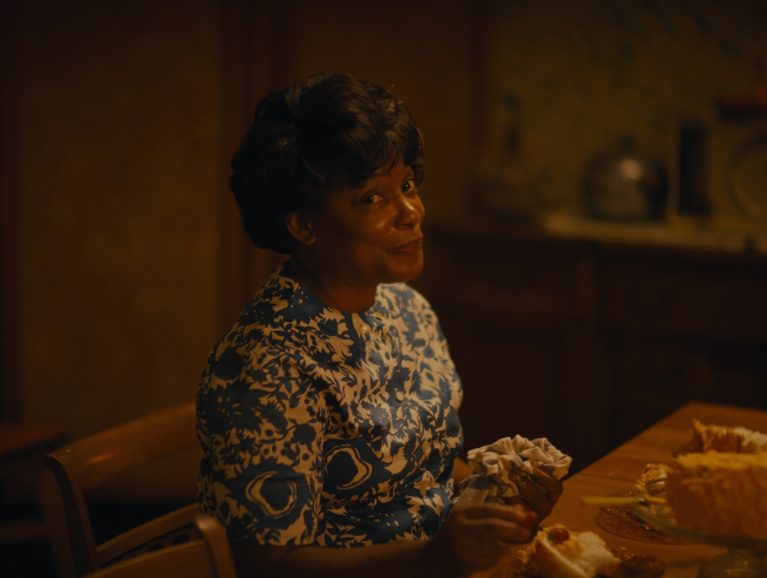
Key grip Gary Kelso and his team built a larger apparatus around the SnorriCam chassis to support the weight. “We shot in Rialto mode, so every shot with the SnorriCam was the chassis connected to the actor, the poles out of the back to the camera block, and an umbilical cord to a backpack with the camera brain, and the key grip running behind them to make actions feel fluid and natural.”
With crew and cast co-authoring images based on instinct, if a character felt emotionally open, the actor wearing the SnorriCam might open the right side of their shoulder, opening the composition so the other character can come in. “Even when it was handheld and we had to be inside the scene, we would try to mimic the actor’s performance and try to transfer that performance into the camera – letting where we looked and didn’t look allow the audience some insight into their emotional state. Due to that mimicking we worked more directly with actors and in a different way to any film I’ve worked on,” adds Fray.
Some inherent rules were followed when choosing systems. For instance, when a person walks, it was shot handheld or using shoulder rig. “We could test various systems, but it wasn’t until you were there on the day, with the actor, rig, lighting, and every fold of complexity on top, you knew which system was best. It was about having a plan A through D of systems for each shot,” says Fray.
Some sequences where the actor was a few inches away from the operator’s cheek had a different level of connection and physical intimacy. “That changes the dynamic and speaks to RaMell as a director and the energy he created on set. Crew came in when they weren’t called for the day and stood by the monitor because they hadn’t seen anything that looked like this. People were excited to do something they’d never been asked to do. Key rigging grip Moses Mott stayed two hours extra each day to see what he had rigged looked like in camera in first person perspective.”
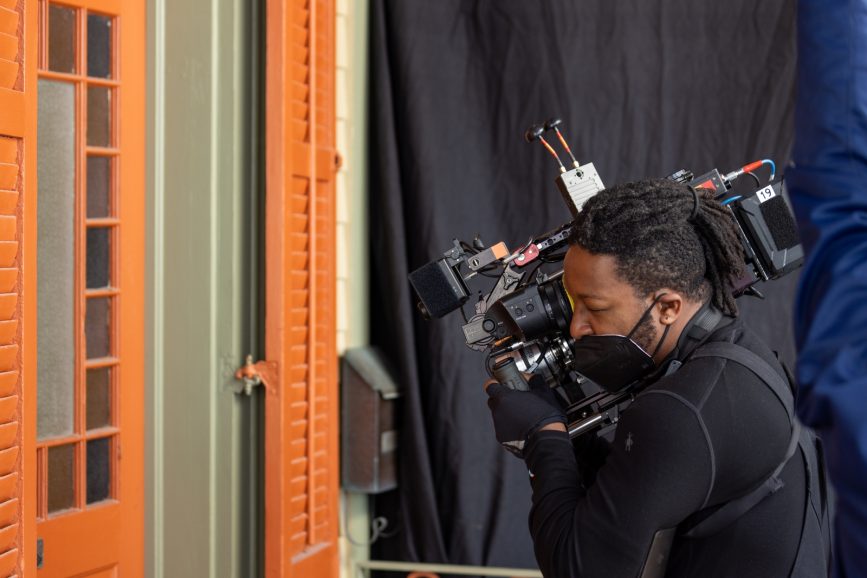
Inside body and mind
Working with “lens god” Dan Sasaki at Panavision during testing, Fray was instantly wowed by the optics of the Panavision VA lenses, which at that time were still prototypes. “I don’t consider myself a very spiritual person, but I texted RaMell saying, ‘I think I just saw God’. The lenses were doing something I’d never seen.
“The sense of volume was phenomenal – they didn’t just photograph in a way that felt three dimensional, you had a sense of the volume of the space you were in. In scenes where Elwood is young, it’s not that you are short as a child, it’s that you’re small relative to things around you, so if your grandmother throws the bed sheets above you, it should feel like those sheets can envelop the world, and the adults above you are giants.”
The archival footage and still imagery influenced the choice of 4:3 aspect ratio. Early on Fray wanted to feature images that felt like Ross’s large-format photography – 8×10 and 4×5 Fujifilm Velvia and Provia. “It’s really dense, so the volume the lenses Jomo found could capture what I see in my large-format images,” says Ross. “All of a sudden, black-and-white -which is how I first imagined the film – didn’t seem right. As we continued talking it reinforced 4:3 was best because we were moving away from what people know to be POV. Keeping that narrow lens, almost like a peephole, felt more telescopic.”
Replicating the feeling of sight and way the human brain selectively focuses remained significant. “Photographically that’s what we were after in terms of that narrow aspect ratio and using normal to telephoto lenses to pull you into not just being inside of Elwood or Turner’s body, but being inside their mind,” adds Fray.
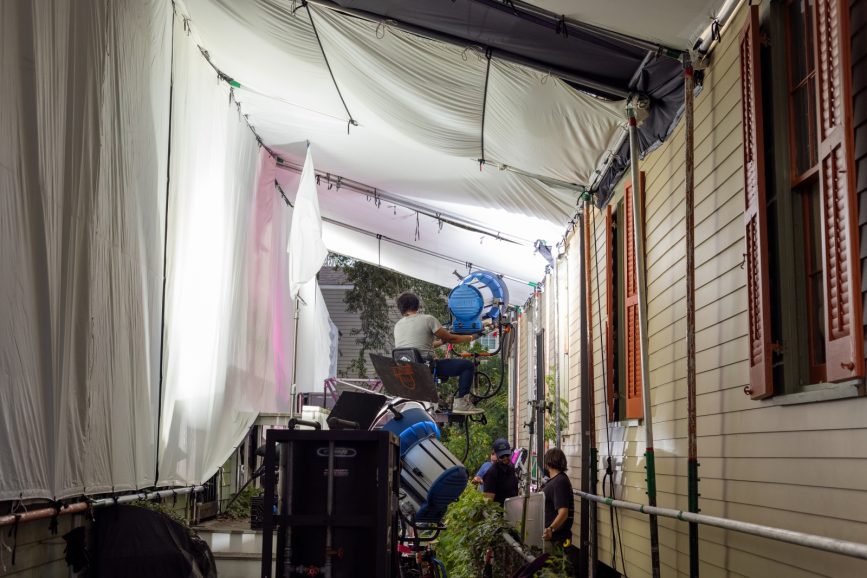
Ross, Fray, production designer Mendis, and camera operator Ellison watched movies together in prep to align their thinking. Outside of Hale County, This Morning, This Evening references included the camera’s sensory role in the storytelling of Aleksey German’s Hard to Be a God, Terrence Malick’s The Tree of Life, Andrea Tarkovsky’s The Mirror, and Pawel Pawlikowski’s Ida.
Ross and Fray empowered 1st AC Kali Riley to, when inspired, pull focus emotionally, highlights Fray. “We’d discuss the emotion of each scene and shot and welcomed her into the process of co-authoring the cinema, seeing the image and letting her emotions pass through it. That’s the power of the film – it feels freewheeling and free flowing, when in fact it was meticulously planned.”
Cueing each other visually helped create the feeling of being inside the body for the audience, experiencing the world from the character’s perspective. “When you bend over, because your head is heavy, it doesn’t move at a constant speed. It goes slow, really fast, and slows down again as our muscles tighten,” explains Fray.
To articulate that in the image, a dolly grip could boom quickly, slow down, and then boom quickly again. “Things they trained their entire life not to do, we encouraged them to do because the audience is hyper literate in understanding the point of view inside a body. An inch or small change in speed made the difference between the shot feeling uncanny and strange or freewheeling and like how memory feels to us.”
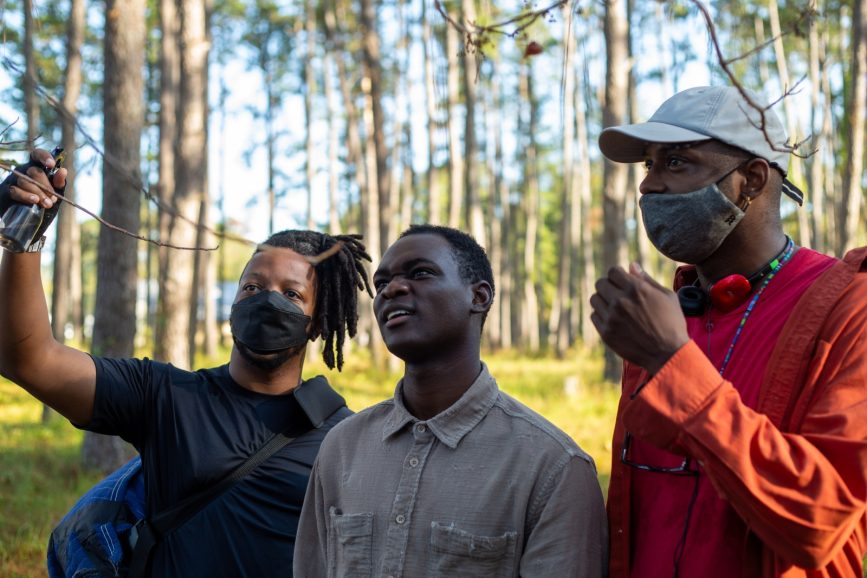
Pure creation
Conversations around colour began by deciding how stimulating and vivid Elwood’s homelife should feel and how relatively mute and flat, but still beautiful in terms of lighting and costumes Nickel Academy should feel, influencing the LUT created with colourist Alex Bickel at Color Collective.
“In a million other movies, Nickel Academy would be rendered cold and clinical because this is an institution we’re supposed to understand is evil, but RaMell and production designer Nora Menids wanted to maintain the a warmth to the space,” says Fray. “We like to think inhumanity always looks inhumane but it doesn’t always. So much of fascist fashion and architecture has an aesthetic grandeur to it, for example. We wanted to play with those internal assumptions.”
Ross and Fray told Bickel they “wanted to build an image we had never seen before” and for 98% of the look to be determined in prep. “The process began with bringing in RaMell’s photography, and building a digital film stock with Alex with the qualities of imagery we’ve been inspired by,” says Fray, who had used Ross’s still photography work such as ‘Dreamcatcher’ as references years before they collaborated.

The filmmakers did not want to make a period film as even though Dozier Academy closed in 2011 and bodies of the boys who died there started being exhumed in 2013, many horrifying incidents are echoed in the present day. Lighting fixtures helping achieve this and selected alongside gaffer Bob Bates included Fillex Q series Fresnel lights, Astera Titans/Helios fixtures which they fitted into Lightsocks to create a soft source, Creamsource Vortexes, and Litemat Spectrums.
“We did everything to build light into the spaces – it always needed a level of honesty. One of the interesting things about this project is in this system of deep inhumanity, there’s still beauty,” says Fray. “So it was always important to capture the wonder of light, because we both have many memories connected with the quality of light in the room and the emotional tenor of a moment.”
In some night scenes, trying to capture the feeling of darkness and “what it feels like for your eyes to acclimate to the dark” was essential. The filmmakers also worked with full mirrors, Dedolight Eflect multi-mirror reflectors, the Lightbridge CRLS system and custom-built large bendable mirrors to create texture in the light. “We wanted to take out as much artifice as possible for the actors, so ideally there weren’t a lot of lights on set, and if there were we worked with our production designer to build them into the set or have a mirror or larger light unit push light into the space from outside,” says Fray.
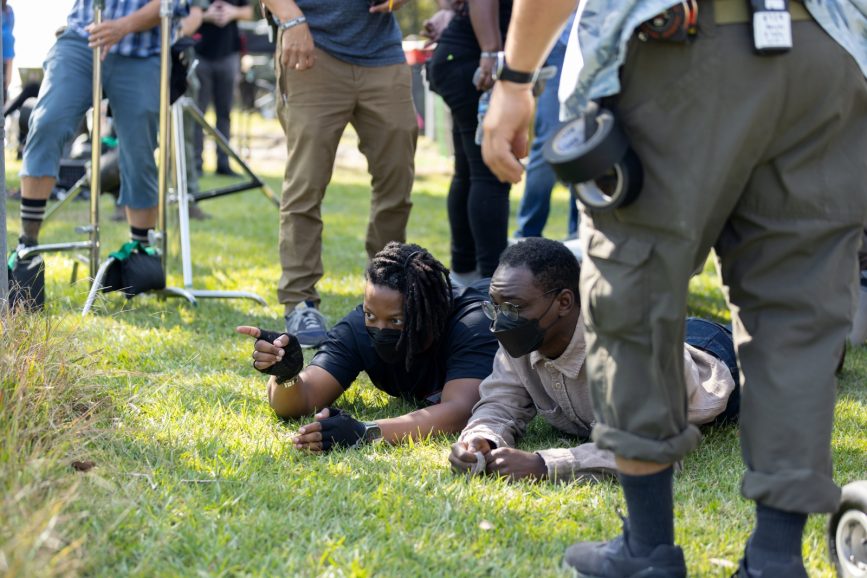
Ross and Fray consider the production to not only be emotionally affecting for an audience to experience but to mark an artistic and creative evolution for them as filmmakers. “When we saw the premiere at New York Film Festival we were reminded how emotionally affecting the movie was which was a stark contrast to the process of making it which felt so joyful and such pure experimentation, pure creation,” says Fray.
“The incredible thing about working with RaMell as a photographer is he has such deep rigour about an individual still image. So it felt like we had to be able to pause the movie at any moment and for the image to hold up as a still photograph with its own history and story.”
Until his partnership with Fray, Ross had “not met anyone who thought so similarly” about imagery. “But he also presented new perspectives as while I don’t think of an image first as emotional – I think about framing, the organisation of symbols, and in a documentary sense, take things as they are and try to shape meaning from there, – Jomo’s examination of a sort of sentimental image, its colour and light as scene partner and character was an area he shaded in for me,” says the director.
